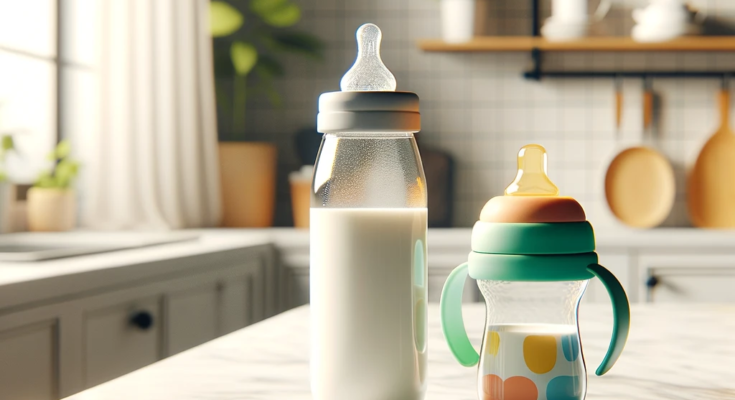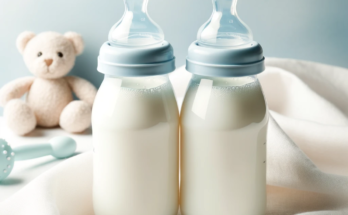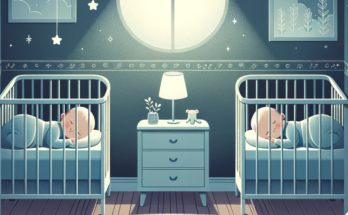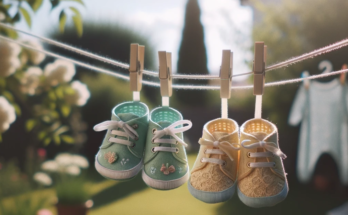How to successfully make the transition from bottle to sippy cup.
The sippy cup
Sippy cups are cups for drinkers in training. They are drinking cups with screw or snap on lids and a spout that is supposed to let your children drink without spilling all over the place. Notice that I say that they are not “supposed” to spill. Trust me, at some point, they will.
The idea behind the sippy cup is similar to that of the potty chair. Just like a potty chair is supposed to help a child transition from diaper to big person toilet, a sippy cup’s job is to help a child transition from bottle to big person cup. The other similarity with sippy cups and potty chairs is that some children take to them right away and some don’t.
When should my babies start using a sippy cup?
Since I have already compared using a sippy cup to potty training, I will continue using that analogy here. If you asked 100 mothers when their babies were potty trained you are likely to get 100 different answers. The same goes for sippy cup use. Some babies will start to make use of a sippy cup at 5 or 6 months, some not until after they are a year old and some not at all. By taking the average we can assume that the majority of babies start using sippy cups at around 7 to 9 months of age.
Skipping the sippy cup all together
Here is where the similarities between using a sippy cup and potty training end. While the majority of parents would agree that potty training is essential, using a sippy cup certainly is not. After all, you didn’t have a sippy cup when you were a baby did you? You seem handle drinking just fine though.
There has even been some talk in the medical field that suggests using a sippy cup could possibly impede speech development and cause teeth decay. As always, talk to your pediatrician before making any decisions concerning the health and wellbeing of your children.
My baby won’t use a sippy cup
As is often the case with every aspect of childhood development, parents sometimes worry when their babies don’t seem to be taking to the sippy cup right away. This is not uncommon at all. The spout of a sippy cup is sure to feel a lot different to your baby than a bottle’s nipple. The important thing is not to worry if your child isn’t a sippy cup champ on the first day. Maybe she never will be, but here are some tips on making the transition.
What to do:
- First things first – if your child has never seen a sippy cup before, chances are she isn’t going to know what it is. Show her how to hold the cup and raise it to her mouth. You might even take a few drinks from it yourself making sure to act as if it is the most exciting thing in the world.
- Baby doesn’t understand that the spout is for drinking – a lot of sippy cups have a valve in them that keeps the liquid from pouring out. These types of sippy cups require that the child use quite a bit of suction. You might remove the valve to show your baby what the cup does and how it works, but be careful the cup will pour a lot of liquid in a short amount of time!
- One cup doesn’t necessarily fit all – There are many different variations of the sippy cup. Some have hard spouts while others have softer spouts that feel more like a bottle’s nipple. Some have valves and some don’t. If your baby doesn’t take to a sippy cup after trying a few times, consider introducing a different version of the cup and see if it is more to her liking.
- Don’t worry – Remember that drinking from a sippy cup isn’t an essential part of your child’s development. If she doesn’t get it, it isn’t the end of the world.
What not to do:
- Don’t let your babies crawl around with a sippy cup. She could fall onto the spout causing injury.
- Don’t continuously refill the sippy cup throughout the day. It is easy to lose track of how much liquid your baby has had to drink when you keep the sippy cup topped off.
- Don’t forget to clean the sippy cup regularly.
- Don’t let your child take a sippy cup full of juice or milk to bed. The sugars in the liquid sitting in her mouth overnight can cause tooth decay.
What should I put in the sippy cup?
Whether you should put milk, formula, water or juice in your babies’ sippy cup is something you should discuss with your pediatrician. There are many different schools of thought about what liquids a baby should drink at what ages. The common advice from many pediatricians is to stick with breast milk/formula and water until age one.
Once your child starts drinking whole milk and juice, the experts recommend limiting intake to 24 ounces of milk and 8 ounces of juice a day. If your child is still signaling for her sippy cup after drinking the recommended amount, fill it back up with water.
The sippy cup can be a helpful tool in transitioning your children from the bottle to a regular cup. Not having to worry about spills on the furniture and floor is an added bonus. If your babies doesn’t seem to like a sippy cup, don’t sweat it. Just work your way toward a big person cup and in time she will be spilling grape cool-aide on the couch just like a big girl.




